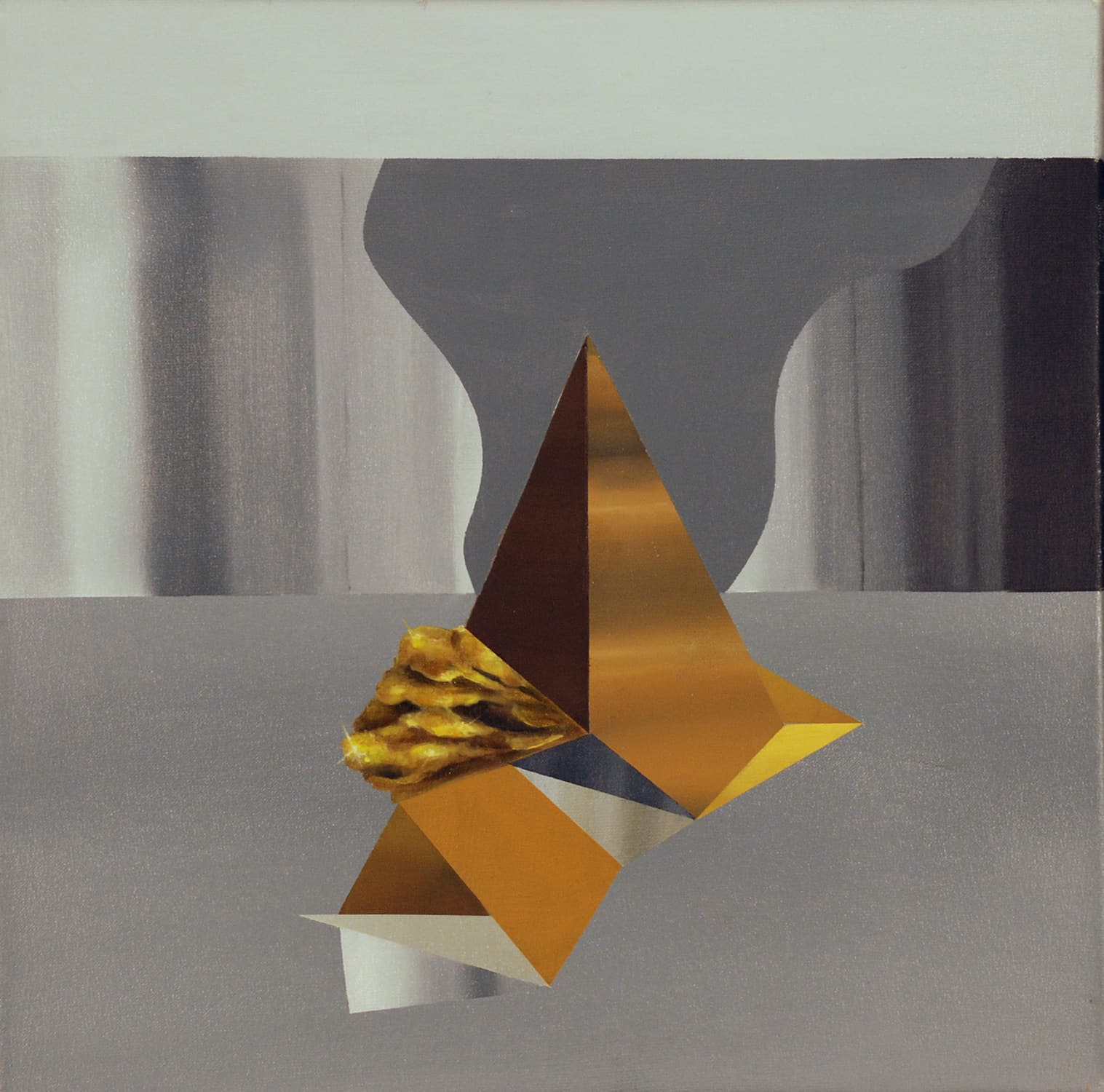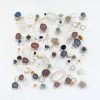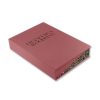TWS –When did you first realize that art was going to play a significant role in your life? Can you recall a defining moment or realization that led you to pursue art?
AL –At 14 years old, I received 4 tubes of tempera paint. I started painting and felt a very familiar space in those first moments of painting.
I’m not very clear on how the evolution was during that initial stage, but I do remember that my relationship with painting grew exponentially. In addition to this, a teacher at school managed to stimulate me in a very effective way.
By the end of that same year, I had already decided that I was going to be a painter.
The moment of starting my academic studies was the one that made it clear to me that this choice would already shape my life. I chose, at that moment, to be nothing more than a painter in order to be a painter.
From the very beginning, I experienced the fear of encountering the moment when painting would no longer be a viable possibility for me. If there was one thing I could sense at that moment, it was that remaining a painter would not be easy. Even today, I feel some echo of that ancient fear that also shaped me.
From a young age, I built up a significant reserve of materials for painting, oils, papers, brushes, something like water and provisions in the basements designed to take refuge in cases of catastrophes or wars, as a way of ensuring the possibility of being able to continue painting.
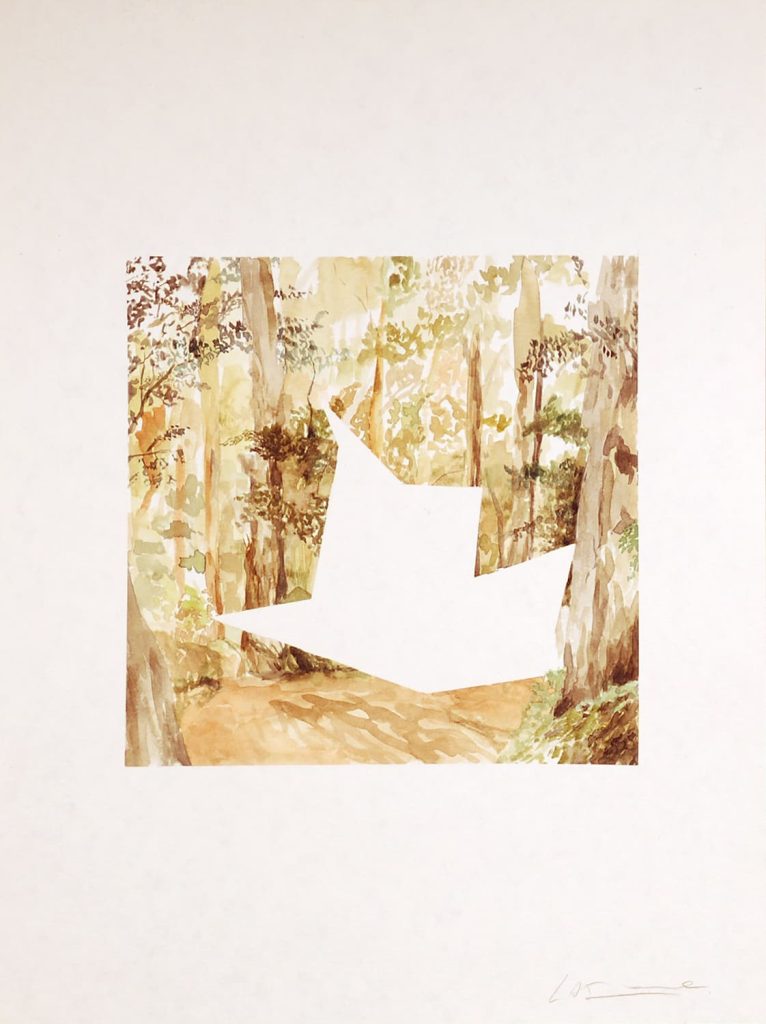
Como silencio, la piedra, sostiene la palabra 1
30 x 40 cm, Watercolor on paper
2012

Como silencio, la piedra, sostiene la palabra 2
30 x 40 cm, Watercolor on paper
2012
TWS –What does painting represent to you, both personally and artistically?
AL –Painting constitutes for me today a territory formed by the condensation of different significations. It presents itself to me first as a necessary habitat. Perhaps it is due to habit, but the power of the need for that space of daily practice is always revealed to me in its absence, in those times when I am separated from painting for different reasons.
I could say that it also constitutes a territory where I deploy some kind of strange resistance. A defense of the contemporary potential of painting, which somehow embodies my mistrust of an idea of evolution where the new seems to comprehend, encompass, surpass, and be capable of replacing what precedes it. Perhaps it is this collective belief that can lead us, in our relationship with images, to the fantasy of getting to know a painting through the screen of a cell phone.
A greater reflective delay would probably lead to the realization that it is precisely in the difference between the new and the previous, in that differential aspect that the old carries, where one of its potential and fundamental values may reside. This differential aspect is irreplaceable and it is what would be lost if the replacement finally occurred, and it is also what makes this replacement impossible.
Time has been freeing painting from its epochal functions and revealing the potential of its essence; being made by hand, unable to be reproduced infinitely, implying the point of contact between a being and a support mediated by a material, producing that field of frozen instants in irrecoverable gestures is one of the most powerful and beautiful conditions that I find in painting, and it makes no other medium through which images can be produced and presented a possibility of replacement.
In daily life, painting represents for me another language through which to think, question, and hypothesize. A different language with very different possibilities from those of other languages.
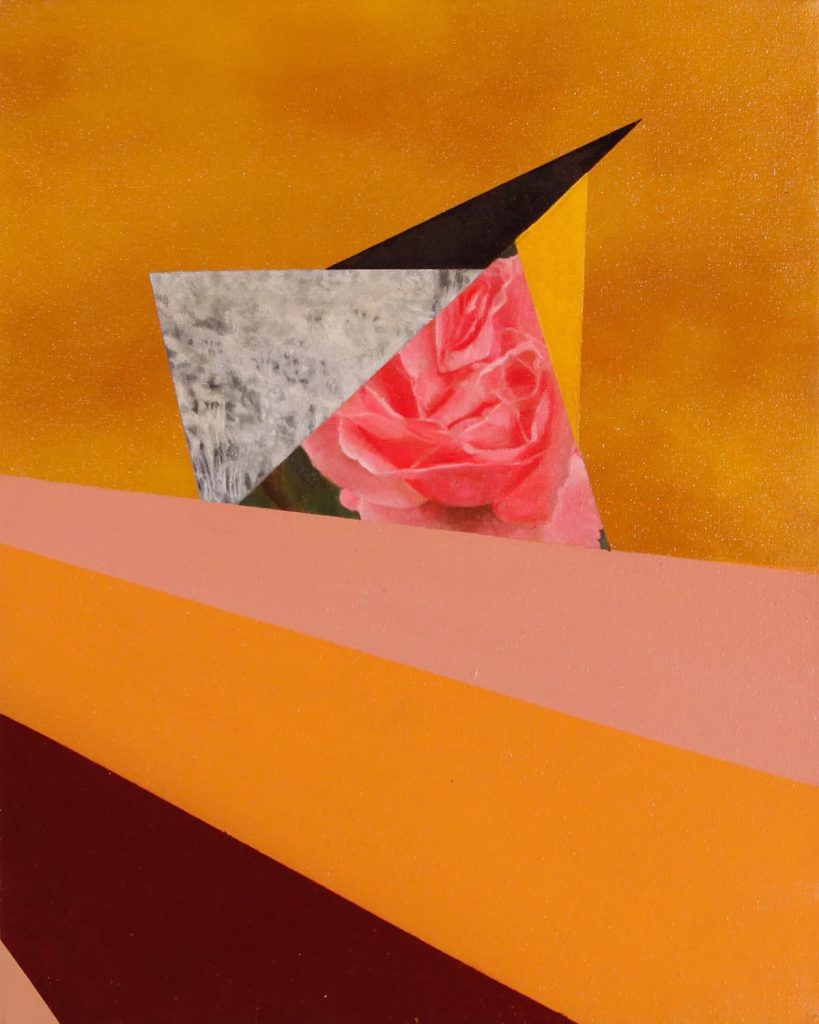
Fuente Dysfunctional por Interrupción I
Oil on canvas 24 X 30 cm
2013

Fuente Dysfunctional por Interrupción II
Oil on canvas 24 X 30 cm
2013
TWS –What are you aiming to communicate through your paintings?
AL –I am not aiming for communication in the sense of transmitting processed content where clarity about what I am painting is the prevailing condition. I tend to distrust certainties to some extent. In its attractive version, certainties can operate as calm waters, where the suppression of doubt brings peace. At the same time, certainty, although paradoxical, can mean the suppression of the possibility of truth. Questions and doubts point to the fractures in the apparent solidity of truths.
My idea of a relationship with otherness, mediated by painting, perhaps comes closer to the intention of sharing a substance of a more essential nature than to transmitting a product of elaborated thought. I am never clear about what I paint to the point of being able to articulate it. Usually, I have some ideas about what I am painting, but I never reach, nor do I intend to reach, a clear definition of what I am painting.
I could say that my work is largely made up of questions and territories of my thinking, whose material cannot take on a defined form or reach the possibility of being enunciated as a certainty or formulated as a question.
In this sense, it would be possible to understand showing the painting as the action of sharing a trace, the trace of wandering. For me, painting is more about bringing than saying. Showing what is painted is sharing what is brought.
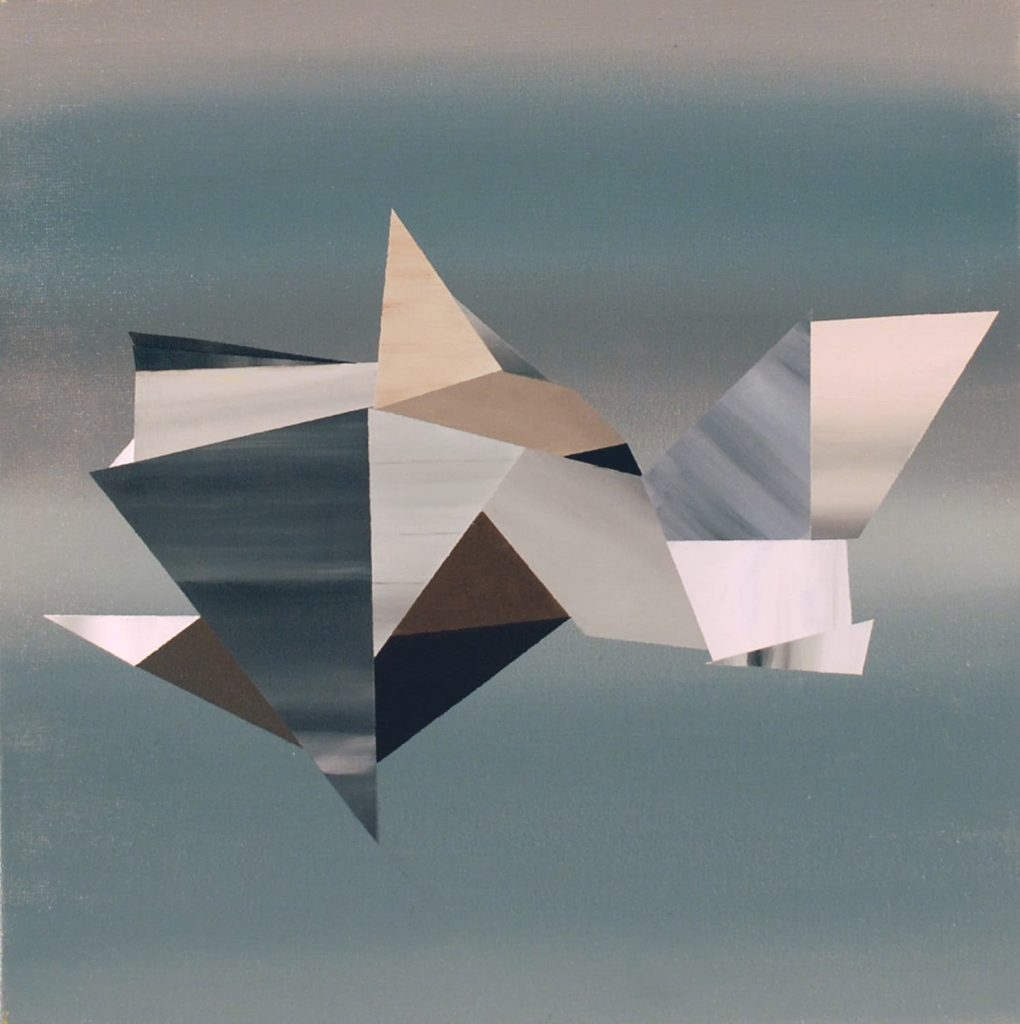
Piedra 6
35 x 35 cm, Oil on canvas,
2010

Piedra 15
35 x 35 cm, Oil on canvas,
2010
TWS –Can you elaborate on what inspired you to start exploring abstraction in your artwork, and what are the main themes or ideas you hope to convey through your art?
AL –I believe that anyone who delves into a language, any language, sooner or later discovers that its substance, always abstract, is the framework on which its representational possibilities are built and sustained. However, this substance carries its true enunciative potential.
I often use the inexistent word formcolor as a condensation to talk about the fundamental structure for any painting, considering the fact that form cannot exist without color, and color cannot exist without form. Pronouncing them as separate issues often favors confusion rather than a greater understanding of the structure of the language with which we work.
From this perspective, abstraction is not a lack of representation or a negation of figuration. Abstraction would be the underlying essence of every image. I often make a distinction between the possibility of talking about abstraction in painting from a more conventional perspective, that of non-representation, which at this point reduces the resource to the territory of what is rather named as a genre of painting (abstract painting) Or talking about abstraction as a condition of all painting.
The resource (the abstract approach) arises from the condition. To exemplify, I could say that an ear painted in a bright venetian red operates as a represented ear, but at the same time, and to a greater extent, as a red stain within the system of relationships of the painting. Instead of thinking that the ear is painted red, one could think that an ear is mounted on top of the red stain.
So, from this perspective, I understand figuration more as a resource, as a possible addition to the total pictorial statement.
Regarding the second part of the question, I could say that the intentions that drive my work may not necessarily be to convey something to someone but rather to bring something to myself to see it and then, yes, share what I brought. I paint in an exploratory way. I paint to see what is not available to be seen. There are images that are still not available today, and to be able to see them, they will have to be painted.

Piedra reflectiva 2A
Oil on canvas 20 X 20 cm
2011
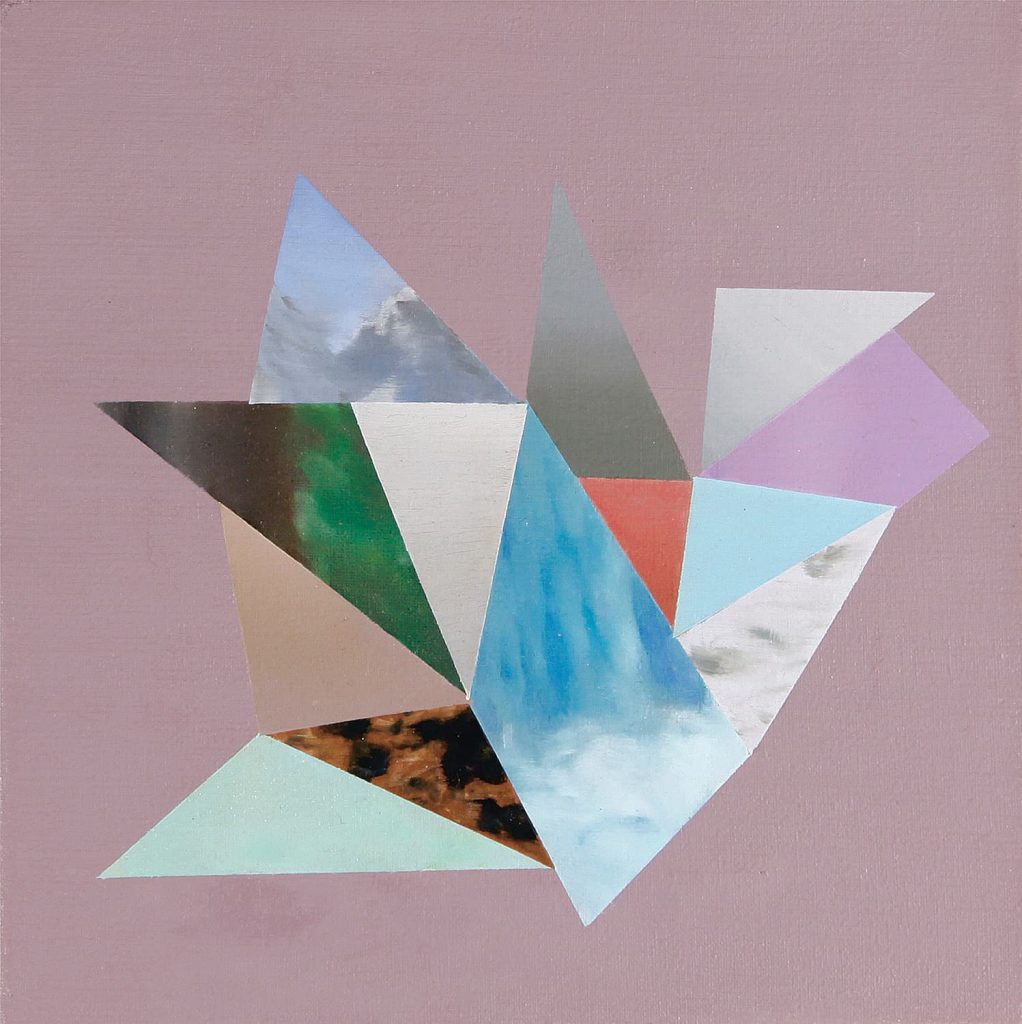
Piedra reflectiva 2B
Oil on canvas 20 X 20 cm
2011
TWS –I understand that you are seeking a “new landscape” in your work. Could you elaborate on your relationship with the landscape and why you seek to create a new form of it?
AL –The landscape appears to me more as a means for my painting than as an objective in the sense of wanting to talk about the landscape in general conceptual terms, or any particular landscape. I always understood the landscape as a cut-out of the infinite space, as a sectioned part whose events unfold in an extremely slow time, to the point of seeming to exist in a stopped temporality (a non-time). Rain, a falling branch, restore our sensation of shared time but mostly, the time of the landscape is not ours.
This stopped time and this sectioned space may make the landscape a genre with which painting establishes a relationship of great resonance. I am not interested in telling this or that landscape, nor thinking about the landscape. I would rather say that I use the landscape to bring painted images. I use the landscape as a territory for painting.
TWS –I read that your relationship with painting is similar to an encounter, where there is a simultaneous question and answer that confronts the viewer. Can you explain this idea in more detail and how it relates to your work?
AL –In my experience, painting is always an elusive territory, not evident and at the same time a concrete response, a solution.
It is inevitable for me to find myself again and again with the sensation of the existence of that other silent content that paintings propose. Standing in front of a painting implies for me entering into a relationship with what is presented there in a concrete, named form, but with the inevitable awareness that the contemplative experience to which it invites me differs from the type of action that could resemble or approach reading an informative text.
Paintings present themselves, in the first approach, as always accessible elements for the viewer; Matisse’s dance in its dimension of painted image presents no more than those five forms representing those five bodies holding hands and dancing in a circle. We all know or could perhaps guess that in the encounter with the work, in this case the dance, the experience of the viewer is not exhausted in the mere reading of the painting, in finding out about the five images that dance. What the painting affirms, the accessible, presents itself as the door through which one passes to what the painting contains and proposes from a silence. Behind that door the painting is the same but already another, as also another is the relationship that is established with the painting and the defined yields its place to a background whose body is not evident and far from offering the viewer clear, measurable or nominal territories, it sucks him into the indefinable, into a space in which these contents that beat silent in their shapelessness are known to exist.
The substantial body of the painting is not offered as an evident structure and presents itself as an entity that in some way challenges the viewer. Everything in the painting that transcends what can be looked at seems like mystery.
The substance of a poem manifests itself through the words but is not in the words.
From this perspective, it could be affirmed perhaps that the accessible image of the painting is to the painting what the solution is to a mathematical problem. The resulting number of any equation expresses the solution but not the specificity of the problem that has engendered it. Contemplating the painting might resemble nourishing oneself from the substance of the problem.
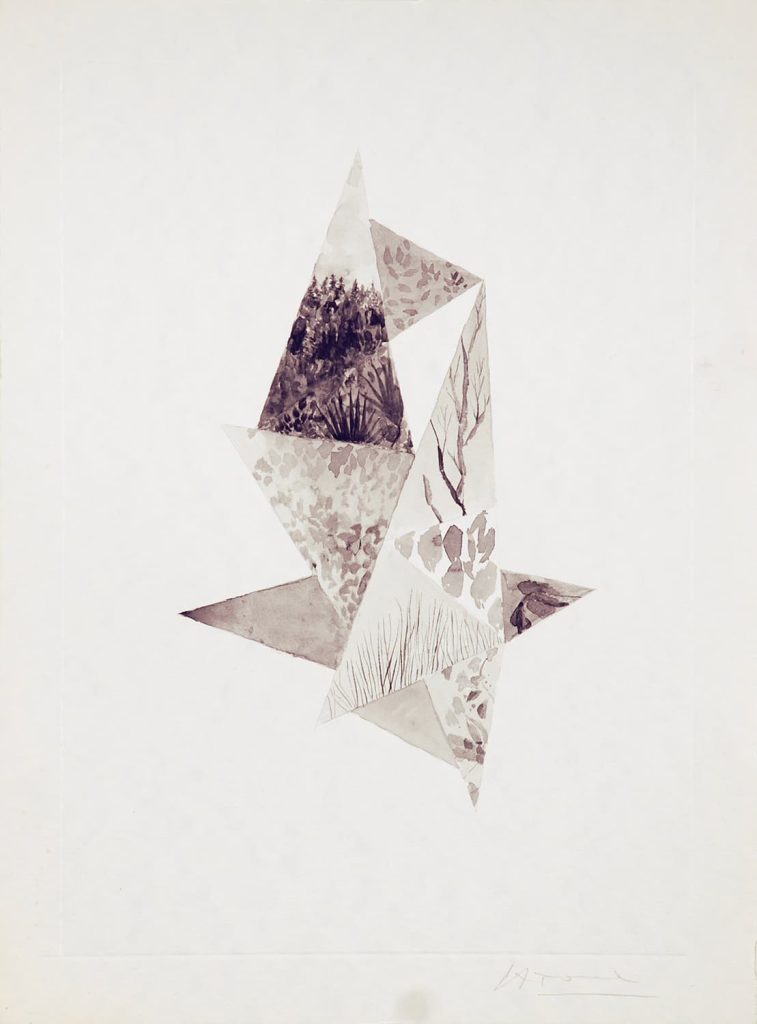
Piedra reflectiva 506
24 x 32 cm Watercolor on paper
2012
TWS –Fragmentation seems to be a recurring concept in your work. Despite primarily working in painting, there is also a connection with the tradition of collage. Can you elaborate on this relationship and why you have chosen to incorporate it into your work?
AL –Collage, or the reference to collage in my case, is more than a choice in terms of language or defined aesthetic territory, it is an effective resource for addressing and deploying some of the content that often summons me.
The works in my production where the use of this resource is more noticeable may be those of the Interruptions series, which are in turn a way of approaching a more central concept in my work, which is the idea of Dysfunction. Basically, these paintings could be presented as dysfunctional, in their impossibility of being complete; there lies their dysfunctional reality. Two images are presented mutually interrupted, or an image is suddenly interrupted by another. One ends where the other begins, the painting is presented as a dysfunctional element considering its expected and usual function of showing us a complete image, but at the same time perfect in the possibility of pointing out the dysfunction of the painting, and even more so, the dysfunction as a dimension.
Other paintings that present an aesthetic that could approach that of collage are the Reflective Stones, from an earlier period, where I present the stones as geometric structures that could be interpreted as faceted structures but at the same time have a clear two-dimensional character. In their condition as a reflective element, each facet reflects a moment of the spectacle of space, of the landscape. A part of the landscape. In this way, the juxtaposition of images, in that capricious vicinity, configures the totality of a new organism, which could be called an Instant of Landscape in Stone, a new totality as invariably happens in every work made using the resource of collage.
Collage necessarily speaks of the part, of the fraction as a complete entity and at the same time of the not-all of the part in its character as a separate piece. The part is always a cutout from a previous whole (as existing as inaccessible), and the action of arranging the parts, of composing an image through juxtaposition, superposition, or another mode of relationship that could be established between the parts, invariably engenders a new totality, a new system. The resulting tension between the adaptation of the part to the new system, and its scission from the system as it remains separate in its individuality as a piece, a part, an element extracted from a previous system, could perhaps be considered one of the substantial characteristics of the aesthetics of collage.
The resulting fracture of the habitual system of relationships that we perceive in the everyday of our visible reality may be the skillful means of being able to point out, inquire into, and think about those non-evident territories of the real. It is this tension that I can recognize in collage and that somehow meant for my paintings an effective resource.
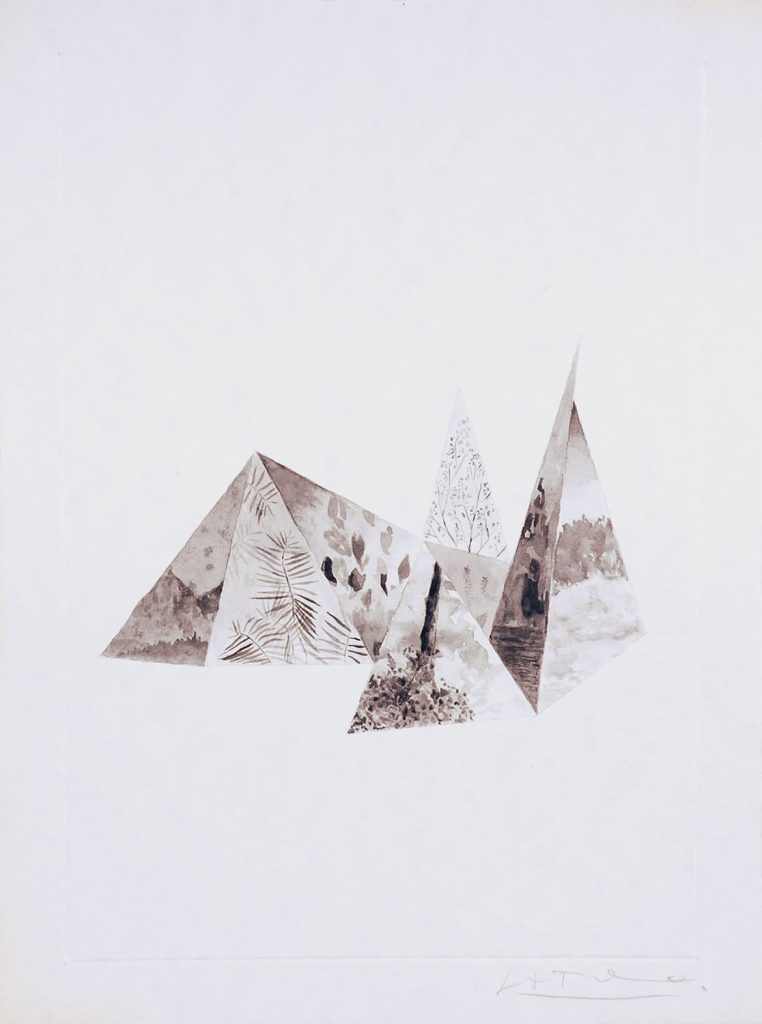
Piedra reflectiva 511
24 x 32 cm Watercolor on paper
2012
TWS –Can you talk about your creative process when starting a new piece of art, including how you approach the act of creating and what factors you consider while working?
AL –The biggest threat I try to avoid at all costs is the automation of the creative action, which in itself would constitute a paradox in my view. The goal is always to end up with something truly important as a result, that intention is always there. The times I succeed are significantly fewer than the times I try.
Usually, I start by choosing a specific format and size of a support and I don’t begin until I feel the enormous potential involved in the canvas or paper I’m going to work on. I wait to feel the support as a territory that invites more than just a space for action.
I never know in advance what the outcome of my work will be, but this doesn’t mean that I leave anything to chance or anything that resembles it. The intention is, in some way, always clear, even before the possibility of a word or the prefiguration of an image. I could say that the same intention could be successfully carried out in infinite ways. My goals have nothing to do with the image that unfolds in the painting as a mere image, whether it depicts a plant, an arm, or a flattened triangular shape. What’s important is always that content that painting brings, that more silent and subtle substance that results in the image. I try to work on that substance.
It is here where every aspect of the painting becomes important: the warp of the canvas, the thickness of the layers of paint that I apply, the shine and matte territories in the extent of the surface of the painting, and the nuances of color. The result is necessarily dependent on all those aspects, and it is from there that I try to build the painting.
TWS –You often work in series. How do these series begin and end, and how do they develop over time?
AL –I could say that painting series are my only possibility when it comes to working. They allow me not to suffocate every work, to generate a clear territory for it, leaving the possibility of deploying other approaches that may be interesting to me for my next incursions around each intentional core.
To give an example and make myself better understood, I’ve worked with, and continue to work with, the waterfall as an element for the last fifteen years. I’ve never been interested in representing a waterfall to see a waterfall. What has always called me, and what I try to investigate, are certain aspects, a sum of aspects that I perceive and intuit in the waterfall for which I generally don’t have words. Painting becomes more of an exploration, and each painting could be understood as the conclusion of an exploratory incursion from which I manage to bring some data, some part.
The body of works, the series considered as a whole, are generally more effective in presenting my perspective on a theme or element than an individual work separated from the set. The thematic territories are always of a vast and inexhaustible nature, and I have learned over time that the relationship with them generally pauses and other times concludes. I have repeatedly found myself attending to my need to revisit territories that correspond to past periods of my work. In this way, works that can be understood as belonging to the same series may correspond to different periods of my painting.
After each pause (some of which can last years), the perspective from which I approach the thematic nuclei already visited in the past results in paintings that can differ greatly from each other. I could say that these differences are an inevitable consequence of the work already done and at the same time of the time that has elapsed, factors that inevitably place me in new places each time from which I resume the relationship.
Andrés Latorre is a Buenos Aires (Argentina) based painter. Learn more about him on his website or Instagram account.
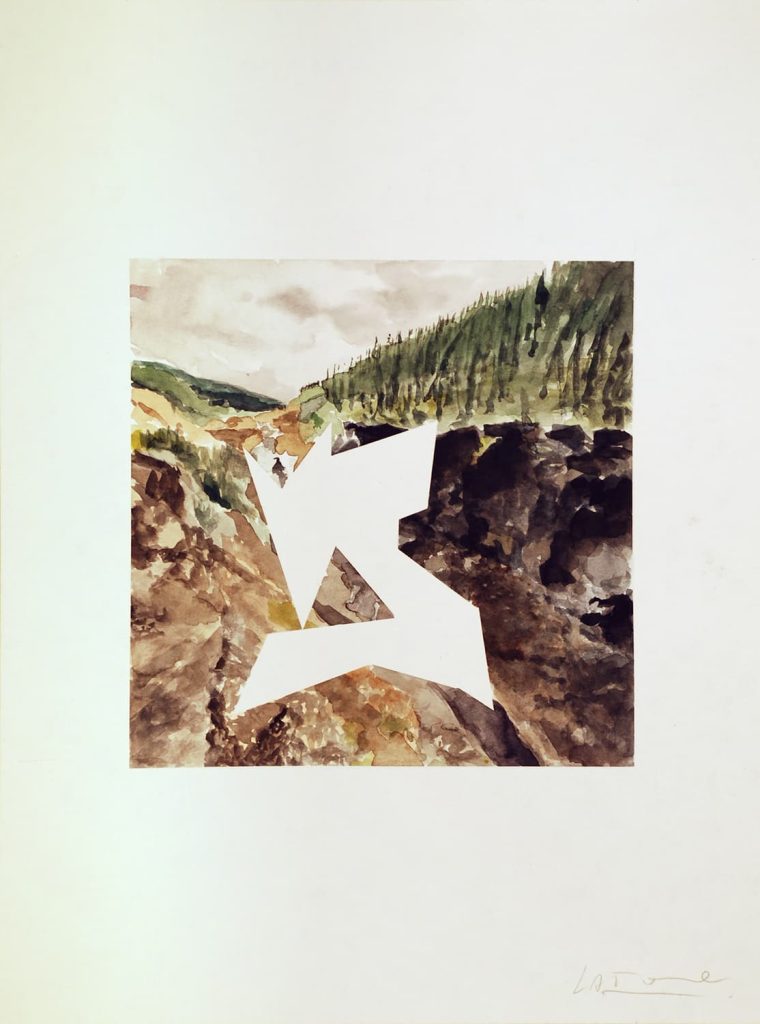
Como silencio, la piedra, sostiene la palabra 3
30 x 40 cm, Watercolor on paper
2012
